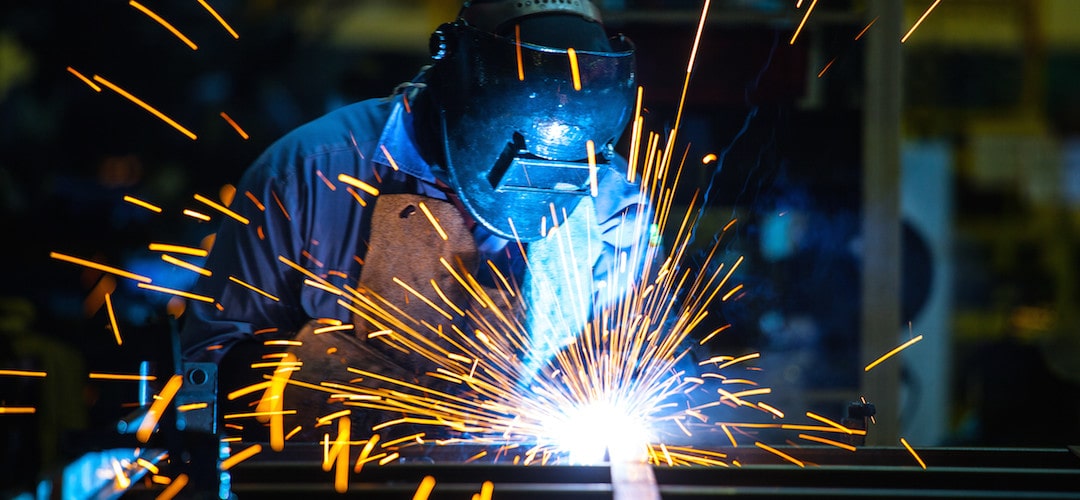Introduction
Manufacturing is the backbone of economies worldwide, driving innovation, employment, and economic growth. In this comprehensive guide, we delve into the multifaceted world of manufacturing, covering its definition, key components, and various production strategies.
What is Manufacturing?
Manufacturing involves the conversion of raw materials, components, and parts into finished products using a blend of manual and mechanized techniques. This expansive field spans across various industries, such as automotive, aerospace, electronics, consumer goods, and beyond. Whether it’s assembling automobiles or crafting electronic devices, manufacturing serves as a fundamental pillar in satisfying the diverse demands of markets worldwide.
Understanding Manufacturing Businesses
Manufacturing businesses produce goods using raw materials, components, and labor. They leverage various resources, including machinery, technology, and skilled workers, to create products that meet consumer needs and preferences. Whether they mass-produce standardized items or customize products to individual specifications, manufacturing businesses play a vital role in driving economic activity and facilitating trade.
Differentiating Manufacturers and Wholesalers
Manufacturers are tasked with the creation of goods, spanning from commonplace consumer items to intricate industrial machinery. Manufacturers oversee every aspect of the manufacturing process, commencing from the acquisition of raw materials to the completion of finished products. Conversely, wholesalers serve as middlemen, linking manufacturers with retailers or end consumers. These wholesalers buy goods in large quantities from manufacturers and then distribute them to retailers, facilitating a streamlined supply chain and effective dissemination of products to end users.
Types of Manufacturing Production
- Make-to-Stock (MTS):
- Make-to-Stock is a production strategy where goods are produced based on forecasted demand and stocked in anticipation of customer orders.
- This approach allows manufacturers to streamline production processes and maintain inventory levels to meet fluctuating demand.
- Make-to-Order (MTO):
- Make-to-Order manufacturing involves producing goods only after receiving customer orders, allowing for customization and personalized products.
- While MTO offers flexibility and customization, the manufacturing process starting after the order is placed may result in longer lead times and production delays.
- Make-to-Assemble (MTA):
- Make-to-Assemble combines elements of both MTS and MTO approaches, where basic components are produced or purchased in advance and assembled upon receiving customer orders.
- This hybrid approach strikes a balance between inventory management and customization, enabling manufacturers to respond quickly to customer demands while minimizing excess inventory.
Challenges and Mitigation Strategies
Manufacturing businesses face various challenges, including supply chain disruptions, fluctuating demand, and evolving market dynamics. To address these challenges and optimize operations, manufacturers must adopt effective mitigation strategies, such as:
- Utilizing lean manufacturing principles to decrease waste and enhance operational efficiency.
- Leveraging cutting-edge technologies like automation and robotics to enhance productivity while simultaneously lowering labor expenses.
- Emphasizing quality control measures to ensure product reliability and customer satisfaction.
- Leveraging data analytics and predictive modeling to forecast demand accurately and optimize inventory management.
Conclusion
Manufacturing remains a cornerstone of economic development and industrial progress, driving innovation, productivity, and prosperity. By understanding the intricacies of manufacturing processes and adopting agile production strategies, businesses can navigate the competitive landscape and capitalize on emerging opportunities in the global marketplace. As manufacturing continues to evolve, embracing innovation and embracing change will be key to staying ahead in an increasingly dynamic and interconnected world.





